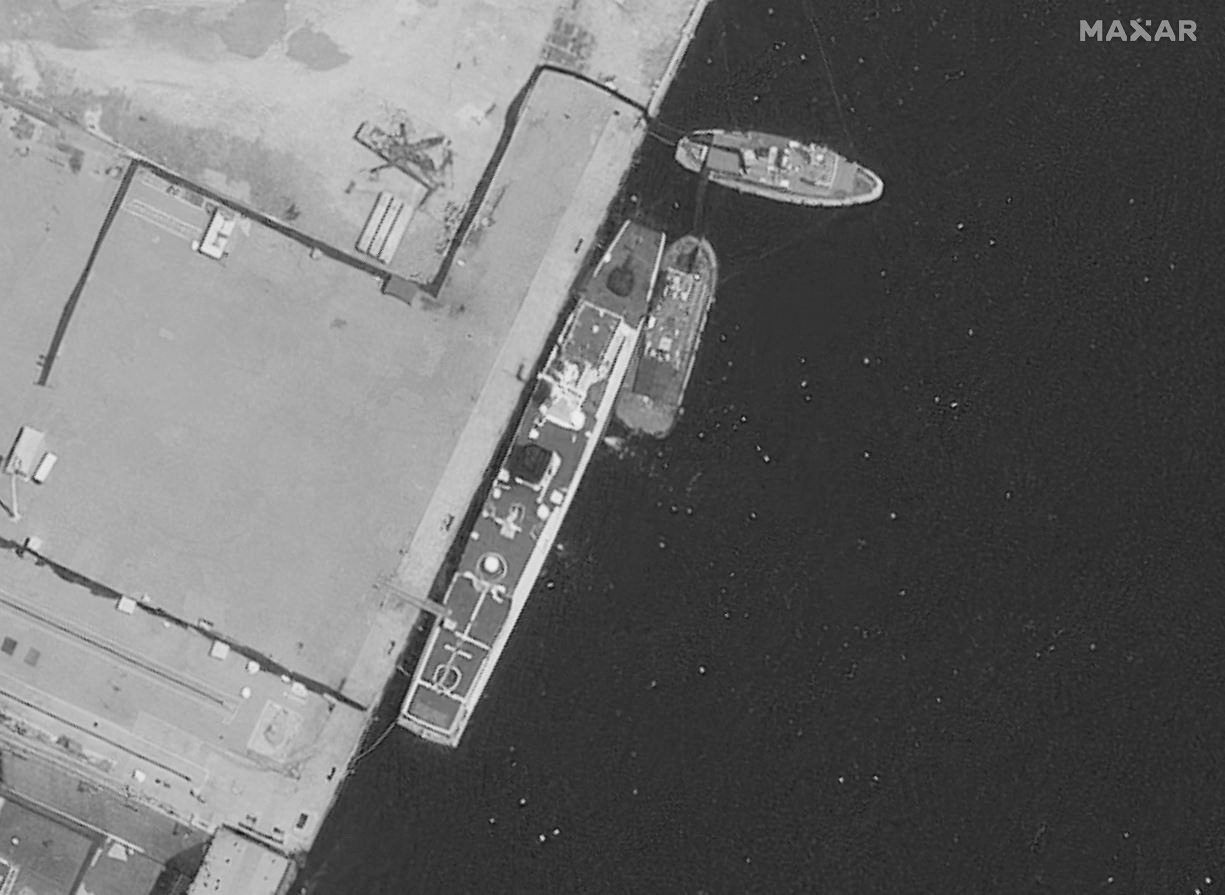
The Republic of the Marshall Islands (RMI) released their Marine Casualty Report yesterday morning, going into great detail the circumstances leading to last year’s deadly Deepwater Horizon disaster and massive oil spill into the Gulf of Mexico.
The Republic of the Marshall Islands is the Flag State that certified the Deepwater Horizon, and is the governing body that enforces regulations relating to inspection, certification, safety, security and pollution prevention in connection with marine operations for vessels registered under its flag. The RMI is unique in that it’s primary focus is marine operations, as compared to the Bureau of Ocean Energy Management, Regulation, and Enforcement which, as the “coastal state”, focuses more on the industrial and technical nature of offshore exploration and production.
The last major regulatory body investigation report to be released came from the US Coast Guard a few months ago and had a heavy negative bias toward Transocean, the world’s largest offshore drilling contractor and owner of the sunken Deepwater Horizon.
The report from the Marshall Islands sang a much different tune, one that praised the actions of the ship’s crew in escaping from the blazing inferno, and nullified many of the negative claims made by the US Coast Guard and BP about the supposedly poor material condition, inoperable alarm systems, and lax safety culture on board the rig.
They determined that the factors leading directly to the disaster were a combination of the following three things:
- Deviation from standards of well control engineering
- Deviation from the well abandonment plans submitted to and approved by the Minerals Management Service (MMS)
- Failure to react to multiple indications that a well control event was in progress
All three of these factors seem to be directly tied to the last minute changes made to the negative pressure test procedure, a procedure that already been approved by the MMS 4 days earlier. “[S]pecifically, these new procedures called for sequencing the [negative pressure] test within the displacement operation, rather than prior to it.”
This displacement operation involved lowering the drill string into the upper casing sections, further complicating the negative pressure test while at the same time falling outside of the MMS-approved procedure.
Putting this in perspective…
The number of ways for the drill crew to get confused, or to lose track of what was actually happening inside the wellbore increased by a large margin with this procedural change. This resulted in the drill crew’s inability to immediately interpret a change in state and associate it with the well control event in progress.
The Marshall Islands report differed from previous U.S. reports, including one released in April by the U.S. Coast Guard, which have included scathing critiques of the companies and the oil industry.
A spokesman for Transocean told the Wall Street Journal “[this] is another confirmation that the Deepwater Horizon was fully certified in accordance with regulatory requirements and fit for service” at the time of the incident, which was caused by “a catastrophic failure of the well itself. Eleven men lost their lives fighting to rectify that failure.”
Halliburton declined to comment. BP didn’t immediately respond to requests for comment.
U.S. government reviews of the disaster have also criticized the Marshall Islands’ oversight of the vessel. In its reports, the Marshall Islands says it last inspected the Deepwater Horizon in 2009, when it found it to be in compliance with regulations. However, the inspection, conducted through contractors, found some issues requiring attention– namely, engine-room components dirty with oil. The Marshall Islands, however, did a good job in identifying their own shortcomings and vowed to push for better coordination regarding inspections between the U.S. and the flag states.
The major failings of the report was a lack of evidence which cannot be blamed on the flag state along. The Coast Guard, with broader investigative powers, also failed to uncover critical evidence that could have shed light on some of the issues. This evidence includes the rig’s computerized maintenance records which where reguarly backed up on Transocean’s servers, deep information on the the rig’s equipment including installation manuals for the Rig Saver gas safety device and analysis of the rig’s computerized alarm system.
More shocking is the fact that, to date, there are no signs that any evidence has been taken, or even photographed, from the rig itself. The rig was in fact equipped with a data recorder similar to that found on aircraft and, while it probably was damaged in the explosion, no mention of its existence have been presented to the general public. This fact is in striking comparison to the recent efforts by Brazil and France to retrieve the flight data recorder of Flight 447 which was eventually found. Had the Deepwater Horizon been an airplane, evidence would have been raised from the seafloor regardless of the cost, so why have investigators submitted even photographic evidence of the rig for industry review?
But the Marshall Islands made up for their failings by providing an unbiased and sound view of the crew actions that night writing:
While there were instances of individual confusion and panic, there were also examples of organization, heroism, and leadership during what was a catastrophic event. That 115 persons were able to evacuate the DEEPWATER HORIZON is attributed to the preparation, skill, and training of all persons onboard. The crew was regularly drilled in abandon unit procedures and all visitors briefed on evacuation muster points, which created the opportunity for those 115 persons to safely evacuate.
And that is a statement in which gCaptain can fully endorse. Furthermore, the Marshall Islands diverged sharply from the USCG report in commending the rig’s leadership that night and suggesting that no administrative action should be taken against the master’s license.
In the coming days gCaptain will be publishing a more detailed summary of the Marshall Islands report but until then, we want to state our agreement with the overall theme of their findings…
Amid the chaos and confusion of that night, the crews of both the DAMON BANKSTON and the DEEPWATER HORIZON, exercised outstanding leadership and in fact did a heroic job in rescuing all persons who were injured that night.

 Join The Club
Join The Club



![Marshall Islands Marine Casualty Report into Deepwater Horizon Disaster [gCAPTAIN REVIEW]](https://gcaptain.com/wp-content/uploads/2011/08/Deepwater-Horizon-oil-rig-explosion.jpg)








